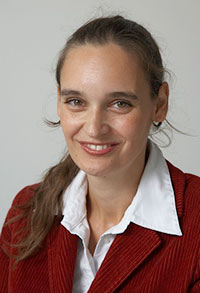 Elisabeth Leiss-Holzinger
Elisabeth Leiss-Holzinger
Research Center for Non-Destructive Testing GmbH
Science Park 2/2.OG
Altenberger Straße 69
4040 Linz
Austria
elisabeth.leiss@recendt.at
Elisabeth Leiss-Holzinger studied Technical Physics at the Vienna University of Technology. In the frame of her research in the field of magnetism, she started to develop sensors and numerical methods. Actually, she is working at the Research Center for Non Destructive Testing GmbH (RECENDT) in Linz, Austria. She focuses on the development of optical non-destructive testing techniques that apply interferometric technologies. This involves optical coherence tomography and, lately, multimodal OCT/photacoustic imaging. In the field of material characterization she is experienced in interdisciplinary cooperations and multimodal approaches.

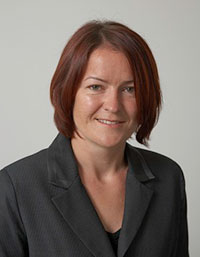 Karin Wiesauer
Karin Wiesauer
Research Center for Non-Destructive Testing GmbH
Science Park 2/2.OG
Altenberger Straße 69
4040 Linz
Austria
wiesauer.k@gmail.com
Karin Wiesauer received her PhD in technical sciences from the Johannes-Kepler-University in Linz, Austria, at the Department of Semiconductor Physics. Several years, she had been working in the field of OCT with special expertise in PS- and transversal measurements, and with well-founded experience in materials research. At the Research Center for Non Destructive Testing GmbH (RECENDT) in Linz, she built-up a new group for THz spectroscopy. After passing a postgraduate education at the medical university of Vienna, she is actually working as medical physicist at the hospital Krankenhaus der Barmherzigen Schwestern at the department of therapeutic radiology and oncology.

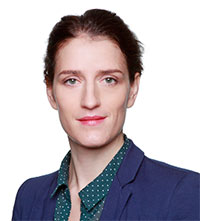 Henrike Stephani
Henrike Stephani
Fraunhofer Institute for Industrial Mathematics
Fraunhofer-Platz 1
67663 Kaiserslautern
Germany
henrike.stephani@itwm.fraunhofer.de
After studying mathematics at the University of Potsdam, Henrike Stephani did a joint Ph.D. at the Johannes Kepler University in Linz and the Technical University in Kaiserslautern on hyperspectral image analysis. She is now working as the deputy head of the image processing department of the Fraunhofer Institute for Industrial Mathematics (ITWM) in Kaiserslautern, Germany. The work there includes several industrial machine learning topics as well as the continuing work within the research field of hyperspectral image analysis, in cooperation with various universities.

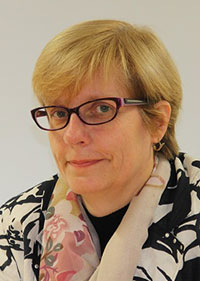 Bettina Heise
Bettina Heise
FLLL at Johannes Kepler University Linz and CDL MS-MACH
Altenberger Strasse 69
4040Linz
Austria
bettina.heise@jku.at
and Research Center for Non-Destructive Testing GmbH
Science Park 2/2.OG
Altenberger Straße 69
4040 Linz
Austria
bettina.heise@recendt.at
Bettina Heise is Senior Scientist at the Johannes Kepler University (JKU) Linz. She is related to the physics and mathematics department as well as to the Recendt GmbH Linz , Austria. Her research interests cover the field of optical imaging and signal processing, where she has got experience in national and international scientific cooperations. Now, she is affiliated to CDL MS-MACH at JKU, where she works in in field of coherent microscopy.

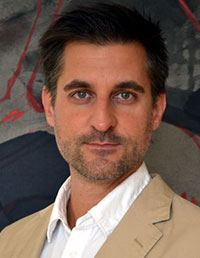 David Stifter
David Stifter
CDL MS-MACH
Altenberger Strasse 69
4040 Linz
Austria
david.stifter@jku.at
David Stifter is Associate Professor at the Center for Surface and Nanoanalytics (ZONA) and head of the Christian Doppler Laboratory for Microscopic and Spectroscopic Material Characterization (CDL-MS-MACH) at the Johannes Kepler University Linz, Austria. His research interests are focused on the development of novel linear and non-linear optical microscopy techniques, as well as material characterization on the nano-scale in general, with electron-spectroscopic and -microscopic techniques.

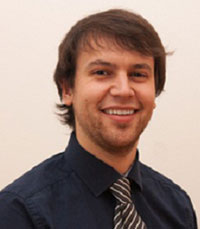 Benjamin Kriechbaumer
Benjamin Kriechbaumer
University of Applied Sciences Upper Austria
Linz Campus
Garnisonstraße 21
4020 Linz
Austria
benjamin.kriechbaumer@gmail.com
Benjamin Kriechbaumer studied Biomedical Engineering at the University of Applied Sciences Linz, where his main interests were Biomechanics and Molecular Analysis. At the Research Center for Non Destructive Testing GmbH (RECENDT) in Linz he performed THz measurements. He is currently working as Field-Technical engineer at Sorin Group Austria GmbH.

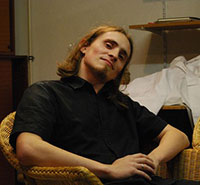 Stefan J. Spachinger
Stefan J. Spachinger
University of Applied Sciences Upper Austria
Wels Campus
Stelzhamerstraße 23
4600 Wels
Austria
no e-mail available
Stefan Spachinger studied at the Upper Austria University of Applied Sciences in Wels. The main fields of his interest were X-ray computed tomography for industrial applications and high resolution X-ray computed tomography. At the Graz University of Technology, he focused on the comparison between experimental parameters and numerical thermo-dynamic modelling of the welding process.

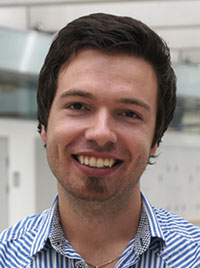 Christian Gusenbauer
Christian Gusenbauer
University of Applied Sciences Upper Austria
Wels Campus
Stelzhamerstraße 23
4600 Wels
Austria
Christian.Gusenbauer@fh-wels.at
Christian Gusenbauer studied Technical Physics at the Johannes Kepler University of Linz. Currently he is studying Medical Physics at the Medical University of Vienna. His main research interests are computed tomography, metrology, non-destructive testing of metals and image data processing.

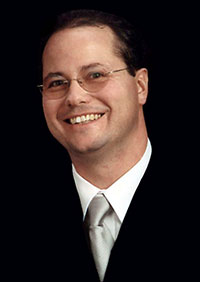 Gerhard Withalm
Gerhard Withalm
Institute of Palaeontology
University of Vienna
Althanstraße 14
1090 Wien
Austria
gerhard.withalm@univie.ac.at
Dr. Gerhard Withalm was born in Vienna (Austria) and attended school in his hometown Baden. Later on he studied biology and (vertebrate) paleontology at the University of Vienna (Austria). In 1995 he was rewarded with the Othenio-Abel-Prize of the Austria Academy of Sciences. From 1995 on Gerhard Withalm was assistant to Gernot Rabeder, the chair of paleobiology, at the Institute of Palaeontology in Vienna and prepared his thesis on the evolution of metapodial bones within the cave bear group and started to work with X-ray computed tomography. At the same time he started his own lectures on paleopathology and the evolution of birds, an activity, which lasted until 2010. Since then he is dealing with selected subjects of vertebrate paleontology due to the necessity to earn money.

